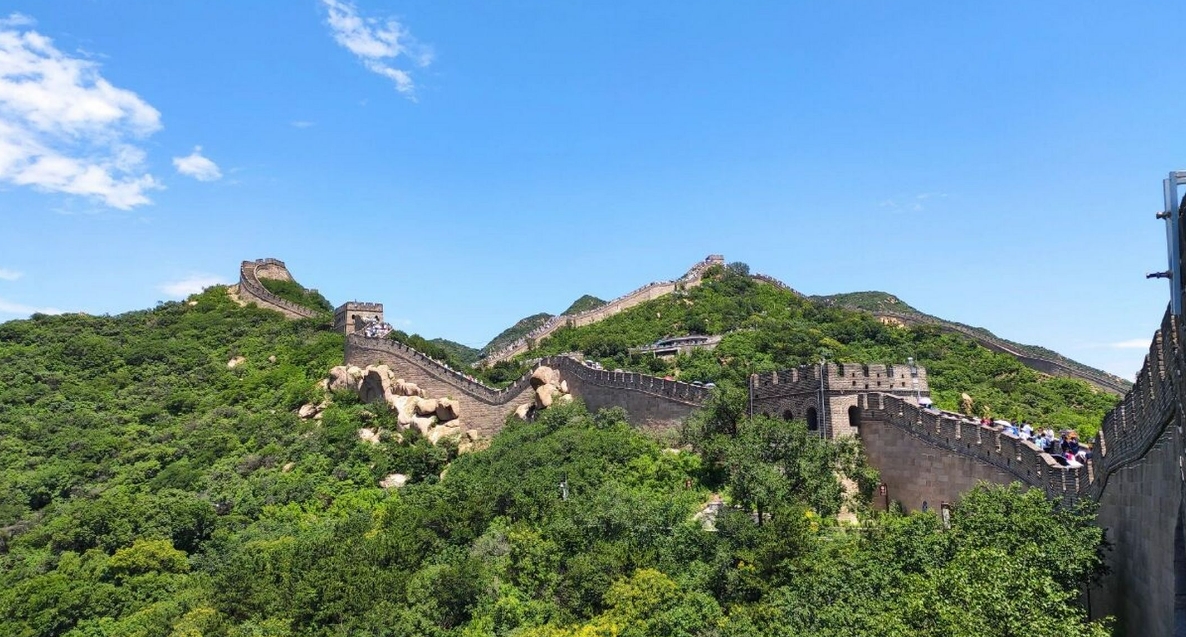
How Old is the Great Wall?
The Great Wall of China, a UNESCO World Heritage site and one of the most iconic structures in human history, evokes a sense of ancient grandeur. But unraveling the question of its age reveals a complex and fascinating tapestry woven over centuries.
Not a Single Wall, but Many:
The first crucial understanding is that the Great Wall isn't a single, continuous wall built at one time. It's a network of fortifications constructed, rebuilt, and extended over millennia by various dynasties and states. Each section has its own story and age.
The Earliest Beginnings (7th Century BC):
The earliest traces of wall building date back to the 7th century BC, during the Spring and Autumn period. Various small states erected walls for defense against each other and nomadic tribes. These early structures, made primarily of rammed earth and wood, were much simpler than the later stone and brick constructions.
The Qin Dynasty's Unification (3rd Century BC):
Emperor Qin Shi Huang, famous for unifying China in the 3rd century BC, is often credited with connecting and strengthening these earlier walls. He envisioned a unified defense against the Xiongnu people from the north. This period saw the mobilization of vast labor forces, and though much of the Qin Wall has eroded, its legacy endured.
The Ming Dynasty's Grand Project (14th - 17th Century AD):
While earlier dynasties contributed significantly, the image that typically comes to mind when we think of the Great Wall—the imposing stone and brick structure snaking across mountains—is largely the work of the Ming Dynasty (14th-17th century AD). Facing renewed threats from nomadic tribes, the Ming emperors invested heavily in restoring, expanding, and fortifying the wall to an unprecedented scale. This era saw the construction of watchtowers, garrisons, and the use of more durable materials, leaving us with the most well-preserved and iconic sections of the wall.
So, How Old is the Great Wall?
The answer, as we've seen, is layered:
- Over 2,000 years old, if we consider the earliest walls built in the 7th century BC.
- Around 1,500 years old, if we focus on the significant unification and construction efforts during the Northern Wei Dynasty (386-534 AD).
- Approximately 600 years old, if we refer to the most well-preserved sections built by the Ming Dynasty.
The Great Wall is not just a historical monument; it's a testament to human resilience, ambition, and the ever-evolving nature of defense and power throughout Chinese history. Each stone and watchtower whispers tales of emperors, soldiers, and commoners who built, manned, and defended this incredible feat of engineering, leaving behind a legacy that continues to inspire awe and wonder today.
Q&A
Q: Who is credited with connecting the earlier walls into a more unified structure?
A: Emperor Qin Shi Huang, the first emperor of a unified China, is often credited with connecting and strengthening earlier wall segments during the 3rd century BC.
Q: What dynasty is responsible for the most iconic and well-preserved sections of the Great Wall?
A: The Ming Dynasty (14th-17th century AD) undertook extensive construction and renovation projects, leaving behind the most recognizable and intact portions of the wall we see today.
Q: Why were different sections of the Great Wall built?
A: Different sections of the Great Wall were built over centuries by various dynasties and states for a variety of reasons, including defense against invading nomadic tribes, marking territorial boundaries, and regulating trade.